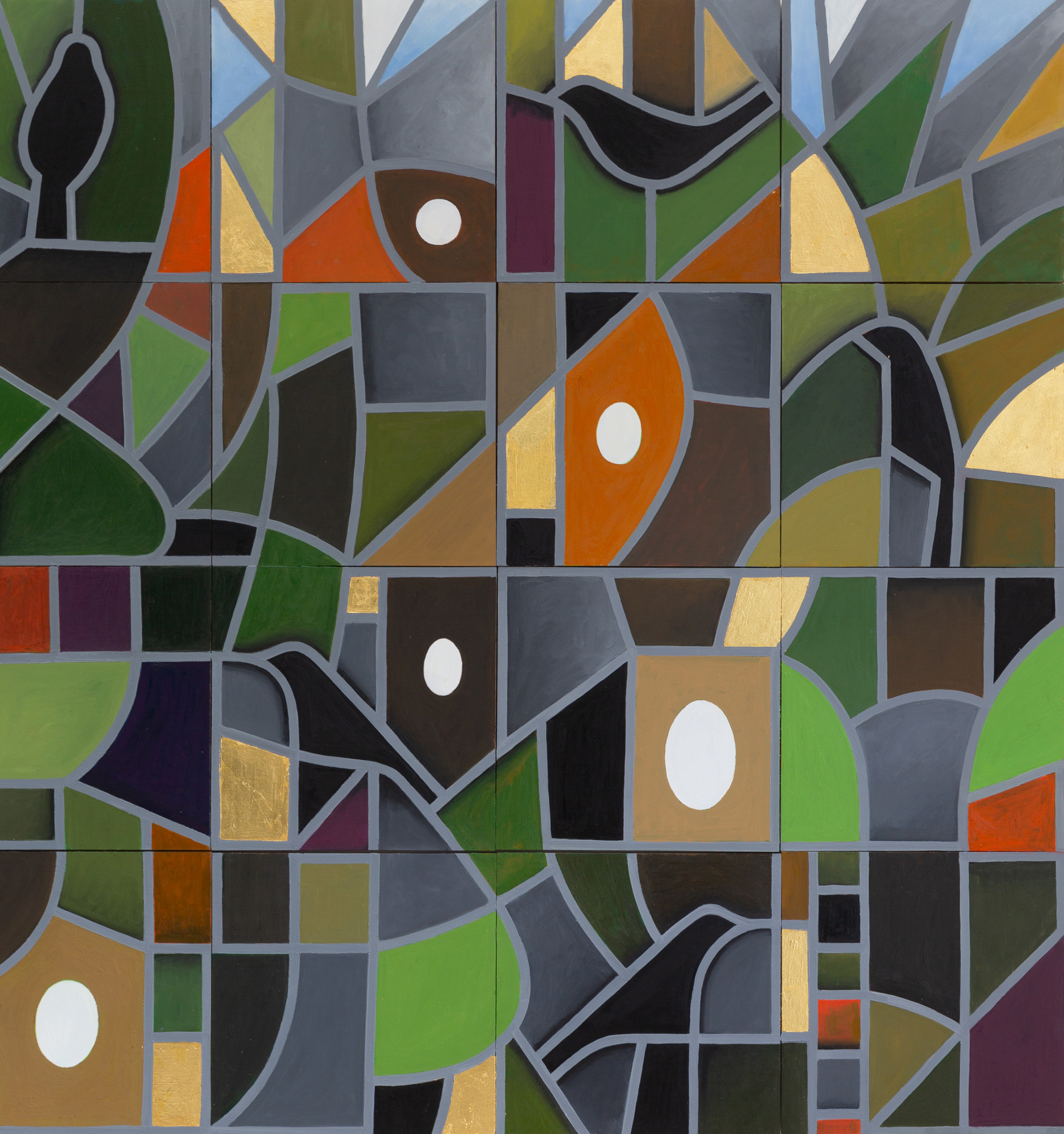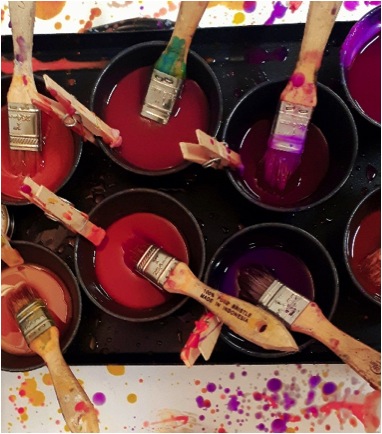This exhibition combines seven artists that posit questions about how we create our value systems around art and agriculture.
Food, and its production is intrinsically linked to the sustainability and survival of our species on the planet. Interestingly and significantly, the artists represented in this exhibition are all female. This in and of itself poses an important question as to why a traditionally male space is currently being documented and interrogated so widely amongst female artists in Ireland.
Globally, the UN works to integrate gender issues in food security, agriculture and rural development. Gender inequalities in access to productive resources (land, labour, fertilizer, credit, technology, extension and markets) are all recognised as negatively affecting food availability and food security[1]. This indicates some interesting speculations as to why farming and food production remain gendered and how this particular gender rebalancing may highlight alternative approaches to the practice both artistically and agriculturally.
Two of the six artists contributing are currently also working farmers. Orla Barry runs a pedigree flock on the south Wexford coast, while Miriam O’Connor runs a mixed stock farm near Macroom, County Cork.
One of the newly commissioned works by Barry is a collaboration with Bristol based composer, improviser, and sessioneer Paul Bradley. Primal Counterpoint uses everyday farm experience to play with ideas of how human and animal physicality intersect in a rough song sequence.
O’Connor, a photographer, who returned to co-run the farm with her sister following a family bereavement in recent years, concentrates on the daily routines and demands of caring for animals.
Laura Fitzgerald and Katie Watchorn come from farming families and probe issues of values between the skill and talent of their farming fathers and the currency of skill and talent in the art world. How does one reconcile and cherish both? Anna Rackard, a photographer, creates portraits of women farmers, redressing the common notion that farming is a male preserve.
Maria McKinney, and Jane Locke opt to explore the science and science fiction of food production, from the manipulation of genomes to create higher yielding cattle to a 22nd Century speculation of micro-farming in a farmerless world.
Talks & Lectures – Take part: A Rural re-imagined one day symposium in collaboration with the RHA on the occasion of the exhibition A Growing Enquiry – Art & Agriculture, reconciling values.
[1] UN Joint Programmes report: Integrating gender issues in food security, agriculture and rural development. See report HERE.
Images:
1/6. Jane Locke, Modern Skep from the ConsumerFarmer Catalogue, 2022, Coloured pencil on blackboard, © Jane Locke
2/6. Maria McKinney, Totem Yokes, installation view, 2021, Wexford County Hall, © Maria McKinney
3/6. Laura Fitzgerald, Powerful people promises, 2021, Pen and sharpie marker on paper, 42 x 59.4 cm, © Laura Fitzgerald
4/6. Miriam O’Connor, Fig 1.2 -Side View of The Fertiliser Spreader, Photograph, © Miriam O’Connor
5/6. Anna Rackard, Betty Giltrap, 2005, Archival print on Hahnemuhle fine art paper, 150 x 150cm, © Anna Rackard
6/6. Katie Watchorn, IFOR/DP120, 2021, Aluminium, galvanise, paint, mild steel, steel channel, hex bolts, cast pigmented jesmonite, slip cast ceramic, Photography Matthew Barnes, © Katie Watchorn


